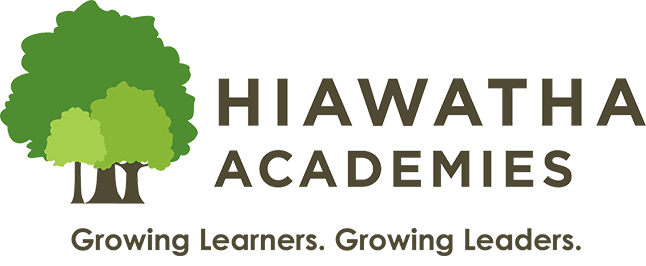Frequently asked questions
What is an Individualized Education Plan (IEP)?
An Individualized Education Plan (IEP) is a legal document describing a child's special education instruction, support, and services. With an IEP, children get individualized and specialized instruction in their unique areas of need that focus on improving specific skills. Many different types of support may be written into an IEP that can supplement or replace the general education systems.
How do I get my child on an Individualized Education Plan (IEP)?
An IEP is the result of a child qualifying for special education services. If you have concerns that your child may have a disability that requires specialized services, accommodations, or modifications, the first step is to discuss your concerns with a staff member at your child’s school. In order to be put on an IEP, your child will need to undergo a special education evaluation to determine if they meet the specific criteria. Once the evaluation is complete, the results will be shared at an evaluation results meeting that includes school staff and the family. At that time, recommendations will be made on whether the child qualifies for special education. If so, an IEP will be written for the child.
What is the difference between an Individualized Education Plan (IEP) and a 504 Plan?
Individualized Education Plans (IEPs) and 504s are both used to support students who may be struggling in school. There are some similarities between the plans, but they are different.
Similarities:- Provided at no cost to families
- Legal documents
- Follow federal and state guidelines
- Outline accommodations for the student
- IEPs are in-depth documents for students who meet specific criteria for one of 13 disability categories identified by IDEA (Individuals with Disabilities Act)
- IEPs follow strict legal requirements about who participates in the IEP team
- IEPs may include services that occur outside of the general education setting
- 504s can be used for any disability or condition that is interfering with the child’s ability to learn
- 504s cannot provide as many services or supports as an IEP
- 504s can be created for temporary conditions, such as an injury
- 504s have less specific rules about who is on the team
- 504s include only supports that can be utilized in the general education setting
What is the role of the family in a child’s IEP?
The family plays a critical role in the IEP process and serves as a required member of the IEP team. Parents/guardians are, by law, equal partners on the IEP team. Parents/guardians are the best advocates for their child and their input can ensure that the child’s needs are met and they successfully reach their goals. The school cannot develop, change or implement the IEP without parent/guardian consent. Ways families contribute to the development and maintenance of the IEP include:- Providing information on the child’s strengths and weaknesses
- Providing background information on the child’s history and development
- Offer insight into whether current strategies/instruction/supports are helping the child learn
- Provide suggestions for changes or improvements to strategies/instruction/supports
- Help the team assess the child’s skills
- Provide ideas/input on the development of the child’s educational goals
- Collaborate with school staff to ensure consistent support and expectations at home and at school
What do all of the acronyms mean?
AAC: Alternative Augmentative Communication
ADA: Americans with Disabilities Act
ADD/ADHD: Attention-Deficit/Attention-Deficit Hyperactivity Disorder
ASD: Autism Spectrum Disorder
AT: Assistive Technology
BIP: Behavior Intervention Plan
CST: Child Study Team
DD: Developmental Delay
DHH: Deaf-Hard of Hearing
ECSE: Early Childhood Special Education
EBD: Emotional Behavior Disorder
ESY: Extended School Year
FAPE: Free Appropriate Public Education
FBA: Functional Behavior Assessment
HA: Hiawatha Academies
IDEA: Individuals with Disabilities Act
IEP: Individualized Education Plan
LRE: Least Restrictive Environment
MTSS: Multi-tiered Systems of Support
OHD: Other Health Disability
OT: Occupational Therapy
PT: Physical Therapy
RDA: Results Driven Accountability
SLD: Specific Learning Disability
SLP: Speech Language Pathologist
TBI: Traumatic Brain Injury
